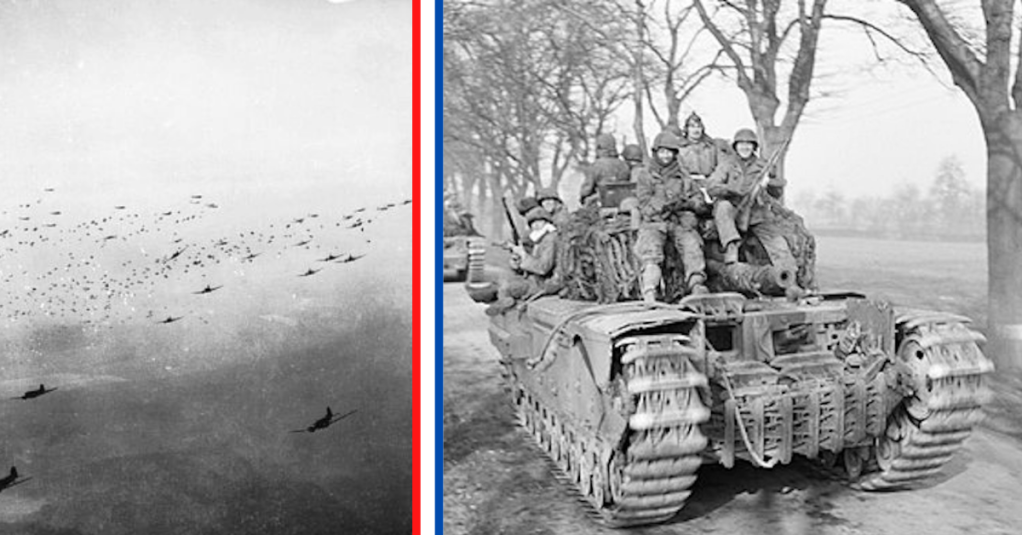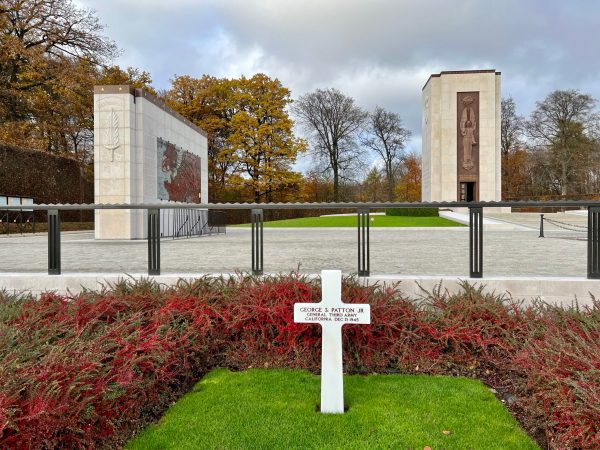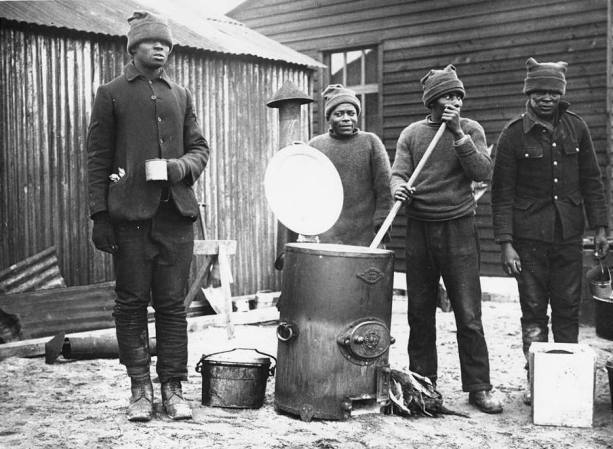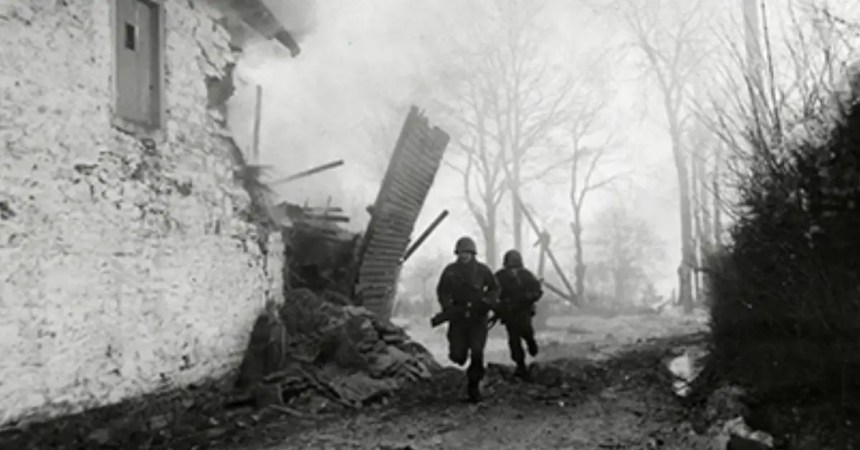Today, we’re taking a thrilling dive into the story of the 17th Airborne Division. This audacious and resilient airborne infantry unit played a pivotal role in World War II. Get ready to learn about their grit, determination, and unflinching courage. Let’s explore the birth of the division, their deployment to Europe, and their most famous operation – Operation Varsity.
The Birth of the Division
The 17th Airborne Division activated on April 15, 1943, at Camp Mackall, North Carolina. From the beginning, this division underwent rigorous training in both airborne and glider tactics, making it destined for greatness. It was under the command of Major General William Miley, who played a pivotal role in shaping the division’s future.

Sent to Europe
In August 1944, the 17th Airborne Division shipped to England to prepare for the invasion of Europe. They first saw combat during the Battle of the Bulge, joining forces with the 101st Airborne Division in Bastogne. The 17th was instrumental in stemming the German advance and eventually pushing them back.
The Rhine Crossing
Arguably, the 17th Airborne Division’s most famous operation was Operation Varsity, the largest airborne operation in history. The division’s main objective was simple and complex at all once. They had to cross the Rhine River into Germany to secure vital bridges. Alongside the British 6th Airborne Division, their mission was clear – prevent the Germans from retreating.
On March 24, 1945, more than 16,000 paratroopers and glider troops from both divisions took to the skies. Despite facing heavy anti-aircraft fire and numerous obstacles, the 17th Airborne successfully seized their objectives. That’s to say nothing of playing a crucial role in paving the way for the Allied forces to push deeper into Germany.

Operation Varsity
Operation Varisty was the last major Allied airborne operation of World War II. It played a critical role in ending the conflict. By early 1945, the Allies were making significant progress on both the Eastern and Western fronts. However, pockets of German resistance remained. In order to eliminate these last remaining strongholds, they planned Operation Varsity. Operation Varsity was a massive airborne operation in Germany’s Rhine River valley.
The operation centered on Germany’s Rhine River Valley. Plans for this joint effort started in late 1944. American and British forces knew the mission called for a large-scale airborne assault. The goal was to capture key bridges and other strategic targets in the Rhine River valley.
Airborne Assault
On March 24, 1945, the operation got underway. More than 16,000 Allied paratroopers dropped behind enemy lines. Another 14,000 troops transported via glider. The paratroopers dropped in two waves. The first wave landing at around 10 a.m. and the second wave landing about an hour later.
The Allied paratroopers faced heavy resistance from well-prepared German troops. However, they secured their objectives, including the crucial Ludendorff Bridge at Remagen. The airborne assault allowed the Allies to reinforce and secure the bridge. In turn, this proved to be a significant turning point in the war.
Ground Forces
While the airborne troops were making their assault, ground forces were also moving in to secure the area. American, British, and Canadian troops worked together to clear out remaining German resistance. By March 25, the operation was considered a success. The Allies secured their objectives and effectively neutralized the German forces in the area.
Casualties and Impact
The casualties sustained during Operation Varsity highlight the sacrifices made by the Allied troops in achieving victory. According to historical sources, the operation resulted in the loss of over 2,000 airborne troops. This makes it one of the deadliest airborne operations of the war.
In addition to the loss of life, the impact of Operation Varsity was significant in ending the conflict. The operation served as a turning point in the war, allowing the Allies to push further into Germany and ultimately leading to the end of the war in Europe. In fact, Operation Varsity is considered to have virtually destroyed the last remnants of German resistance west of the Rhine. This paved the way for V-E Day.
The legacy of the sacrifices made by the 17th Airborne Division during Operation Varsity and throughout World War II continues to serve as a source of inspiration. The Scions of the 17th Airborne Division is a non-profit organization dedicated to preserving the legacy of the division. It continues to honor the brave soldiers who served in the 17th Airborne Division and to highlight the crucial role Airborne Divisions play in rapid response and strategic operations.
The Role of Airborne Divisions
Throughout history, military forces have deployed Airborne Divisions in various ways. Airborne Divisions have a primary role in providing a rapid response force that can be quickly and efficiently deployed by the military. These Divisions have been especially useful in situations where traditional ground troops would have difficulty reaching, such as being dropped behind enemy lines or in difficult terrain. One of the significant advantages of Airborne Divisions is their ability to engage in unexpected attacks and rapidly secure key strategic targets.
Moreover, Airborne Divisions can reinforce existing ground forces and provide support in the face of an enemy assault. However, deploying Airborne troops also carries inherent risks. Due to the nature of their deployment, Airborne troops are highly susceptible to injury or death. Therefore, they must maintain a constant level of readiness and undergo extensive training.
Not a household name but legends all the same
The 17th Airborne Division may not be a household name, but their bravery and heroism during WWII is truly remarkable. It’s important to remember that history is full of unsung heroes. The story of the 17th Airborne Division is a perfect example of that.










